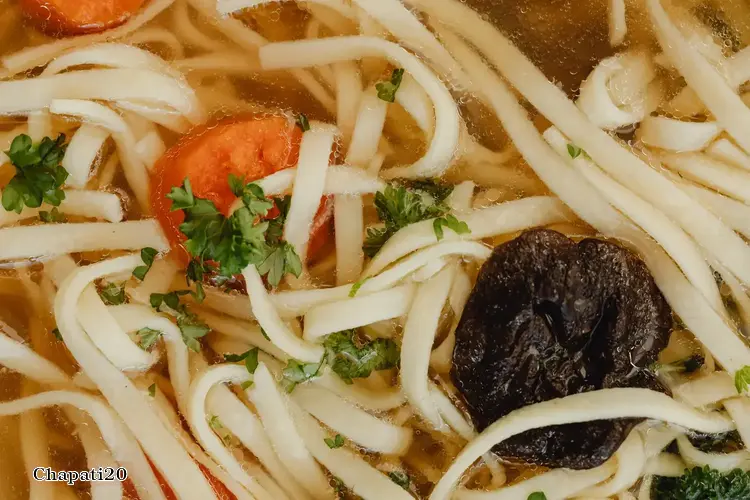

In the vibrant tapestry of South Asian cuisine, chapati holds a revered place as a culinary staple. This unleavened flatbread, known for its versatility and simplicity, has been a cornerstone of countless meals for centuries.
Origins and History
The origins of chapati can be traced back to ancient India, where it was known as "roti." Over time, it spread throughout the Indian subcontinent and beyond, becoming an integral part of the diets of people in Pakistan, Bangladesh, Nepal, and Sri Lanka.
Ingredients and Preparation
Chapati is made from a simple dough consisting of whole wheat flour, water, and a pinch of salt. The dough is kneaded until it becomes smooth and elastic. It is then divided into small balls, which are rolled out into thin, round discs.
The discs are cooked on a hot griddle or tawa. As they cook, they puff up slightly, creating a characteristic layered texture. The chapati is then flipped and cooked on the other side until it is golden brown and slightly charred.
Nutritional Value
Chapati is a good source of carbohydrates, fiber, and protein. It is also low in fat and calories. A single chapati typically contains around 100 calories, 2 grams of protein, and 4 grams of fiber.
Serving and Accompaniments
Chapati is typically served hot and fresh. It can be eaten on its own or paired with a variety of dishes, including curries, lentils, vegetables, and meat.
In some regions, chapati is also used as a wrap for fillings such as potatoes, onions, and spices. It can also be torn into pieces and used to scoop up sauces and gravies.
Cultural Significance
Beyond its nutritional value, chapati holds significant cultural significance in South Asia. It is often associated with hospitality and warmth. In many households, it is considered disrespectful to refuse a chapati offered by a guest.
Chapati is also a symbol of unity and community. It is often served at festivals, weddings, and other special occasions, bringing people together to share a meal.
Variations
While the basic recipe for chapati remains the same, there are numerous variations that exist across different regions. Some common variations include:
Conclusion
Chapati is a versatile and beloved culinary staple that has played a central role in South Asian cuisine for centuries. Its simple ingredients, ease of preparation, and nutritional value make it a staple in countless households. Whether served as a side dish, a wrap, or a symbol of hospitality, chapati continues to nourish and delight people across the globe.
DISCLAIMER: This information is provided for general informational purposes only, and publication does not constitute an endorsement. Kwick365 does not warrant the accuracy or completeness of any information, text, graphics, links, or other items contained within this content. Kwick365 does not guarantee you will achieve any specific results if you follow any advice herein. It may be advisable for you to consult with a professional such as a lawyer, accountant, or business advisor for advice specific to your situation.
today
Copyright © 2025 KwickEAT.com
Designed by KwickPOS is the best restaurant POS